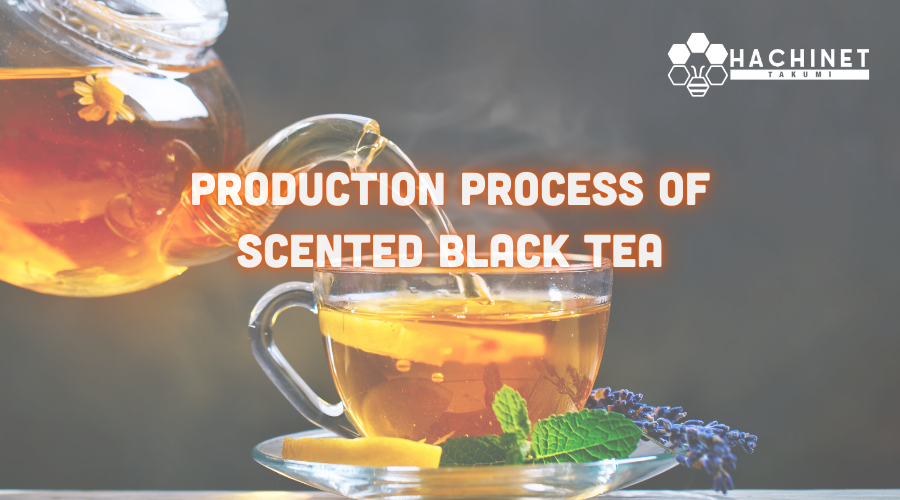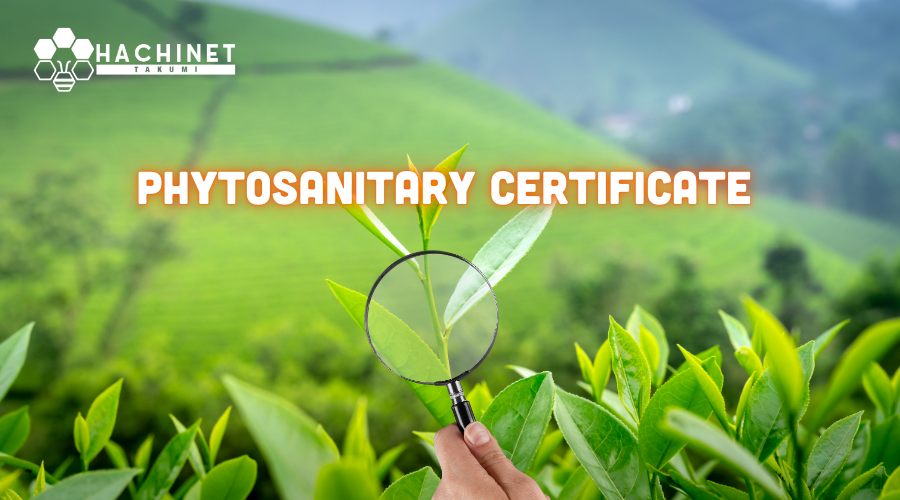Unveiling the Artistry of Green Tea Production Process
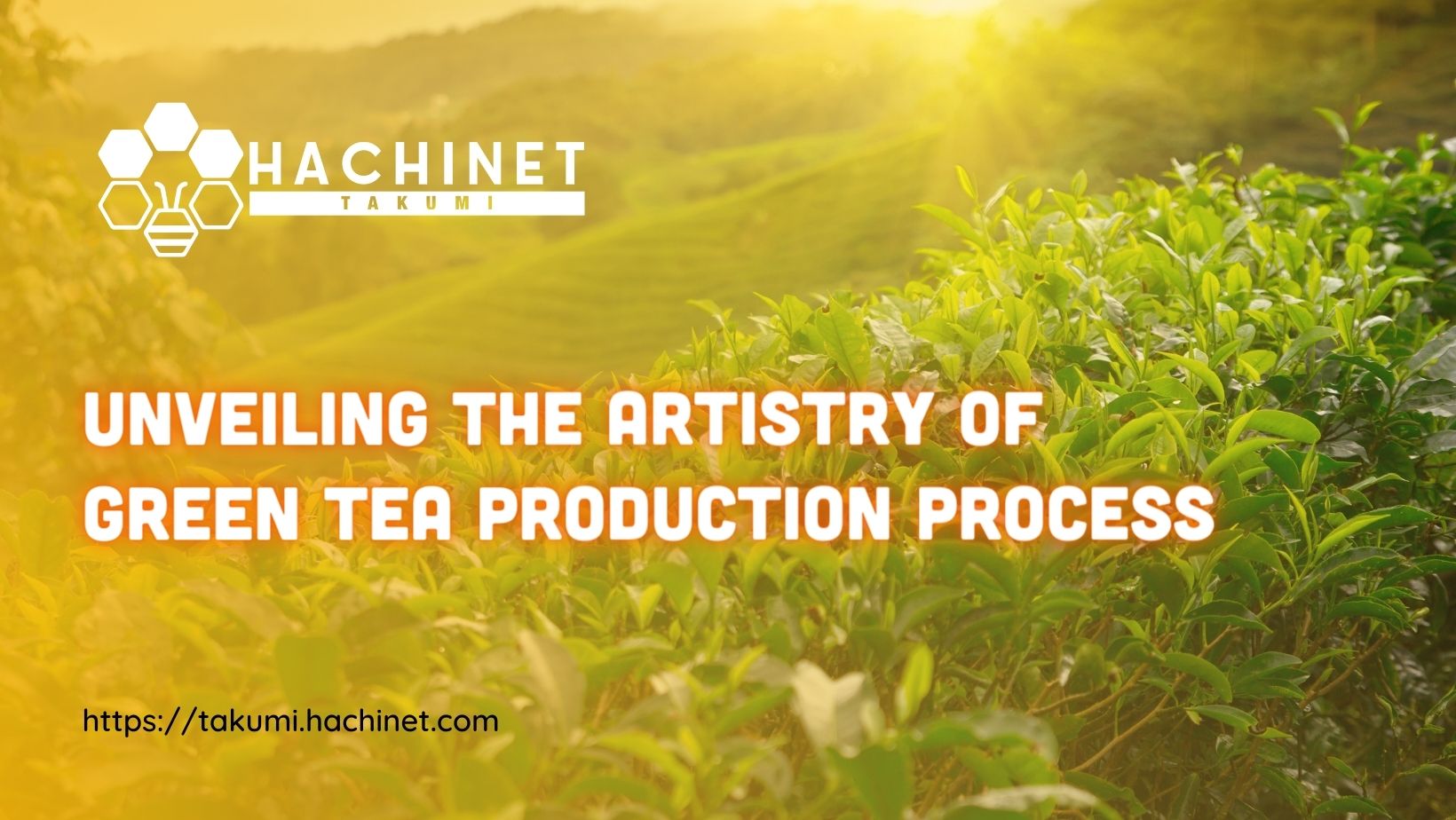
Green tea, revered for its delicate flavors and numerous health benefits, undergoes a meticulous production process that transforms freshly harvested tea leaves into the vibrant, aromatic beverage cherished worldwide. In this exploration, we delve into the intricate steps that contribute to the artistry of green tea production.
Ingredient
The raw materials for tea production are two or three young leaf shrimp tea buds. Leaves are light green, dark or of varying ages. Leaves are 4 - 15 cm long and 2 - 5 cm wide. Fresh leaves contain about 4% caffeine content.
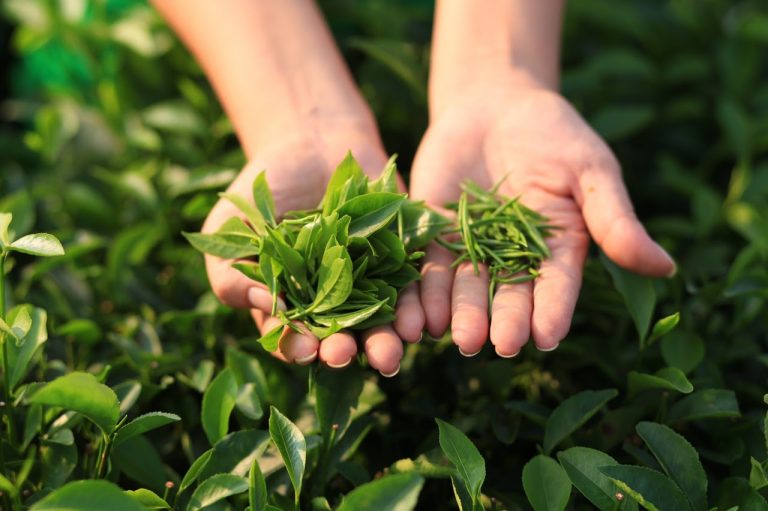
And usually near harvest time, there are leaf buds and 2-3 new leaves growing. Harvesting time is from 1 to 2 weeks and is done manually (by hand).
Rub tea
The purpose of the second stage of this tea production process is to help break down oxidized tinan cells, thereby reducing the amount of astringency and helping the tea curl according to market production standards.
Request:
- Cell crushing degree: about 45%
- Humidity: 90%
- Temperature: 22 - 24 degrees Celsius
- Number of times: 2 times, each time 30 - 45 minutes
During the tea cupping stage, tea classification will be included. Types that meet standards for quality, size, and cell crushing. These types are spread into a layer 4 - 5cm thick and brought to the fermentation stage.
Changes after the tea rubbing stage:
- Reduce the amount of tannin, reduce the amount of n-heptanol
- Increase the amount of benzaldehyde, benzillic alcohol, n-pentanol and sis-3-hexanol
- Gradually reduce the amount of choloroplii according to wilting time and kneading time.
Yeast eradication stage
The purpose of killing yeast is not to change the chemical substances that occur under the action of yeast. But there is still metabolism of substances thanks to the impact of heat and humidity. So this yeast-killing process is necessary to help maintain the fresh green color, flavor and characteristic aroma of the tea. Methods to kill yeast: there are many methods such as steaming tea, contact method, dry steaming, blanching in boiling water.
Tea drying stage
Purpose: Dry tea from 65% moisture to 3-4%. Facilitates chemical changes between substances and creates the scent and flavor of tea.
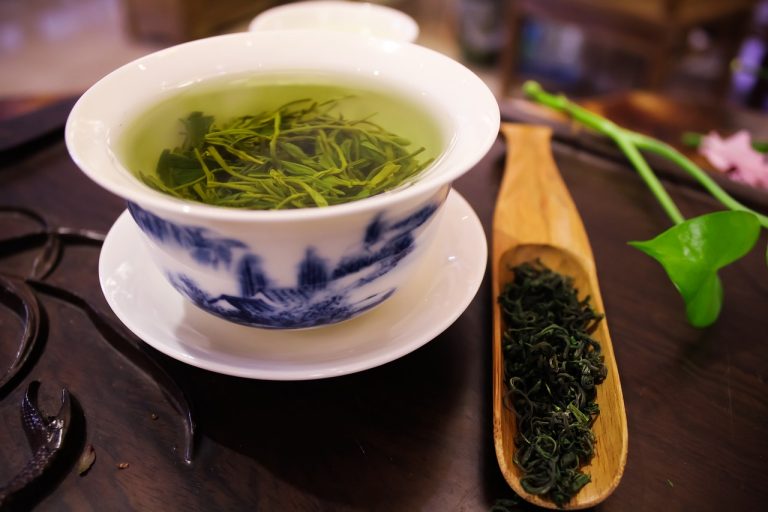
This stage requires time (30-40 minutes), temperature (95-105 degrees Celsius), number of drying times (2 times, each time has a difference in time, temperature and humidity), drying air speed. At the end of this stage, it is necessary to meet the requirements of a strong aroma without the smell of fire or burning and a humidity of 4-6%.
Classify
The processing stage is divided into many types according to the quality of tea into types: OP, P, PS, BP, BPS, D and F. Among these types, there are two types D and F that do not have high value, so they are used as raw materials to produce black tea or tea bags.
Packaging and Distribution:
The final step in the green tea production process involves packaging the tea for distribution. Producers take great care in selecting appropriate packaging materials that protect the tea from light, moisture, and air, ensuring its freshness and longevity. Once packaged, the green tea is ready to embark on its journey to tea enthusiasts around the globe.
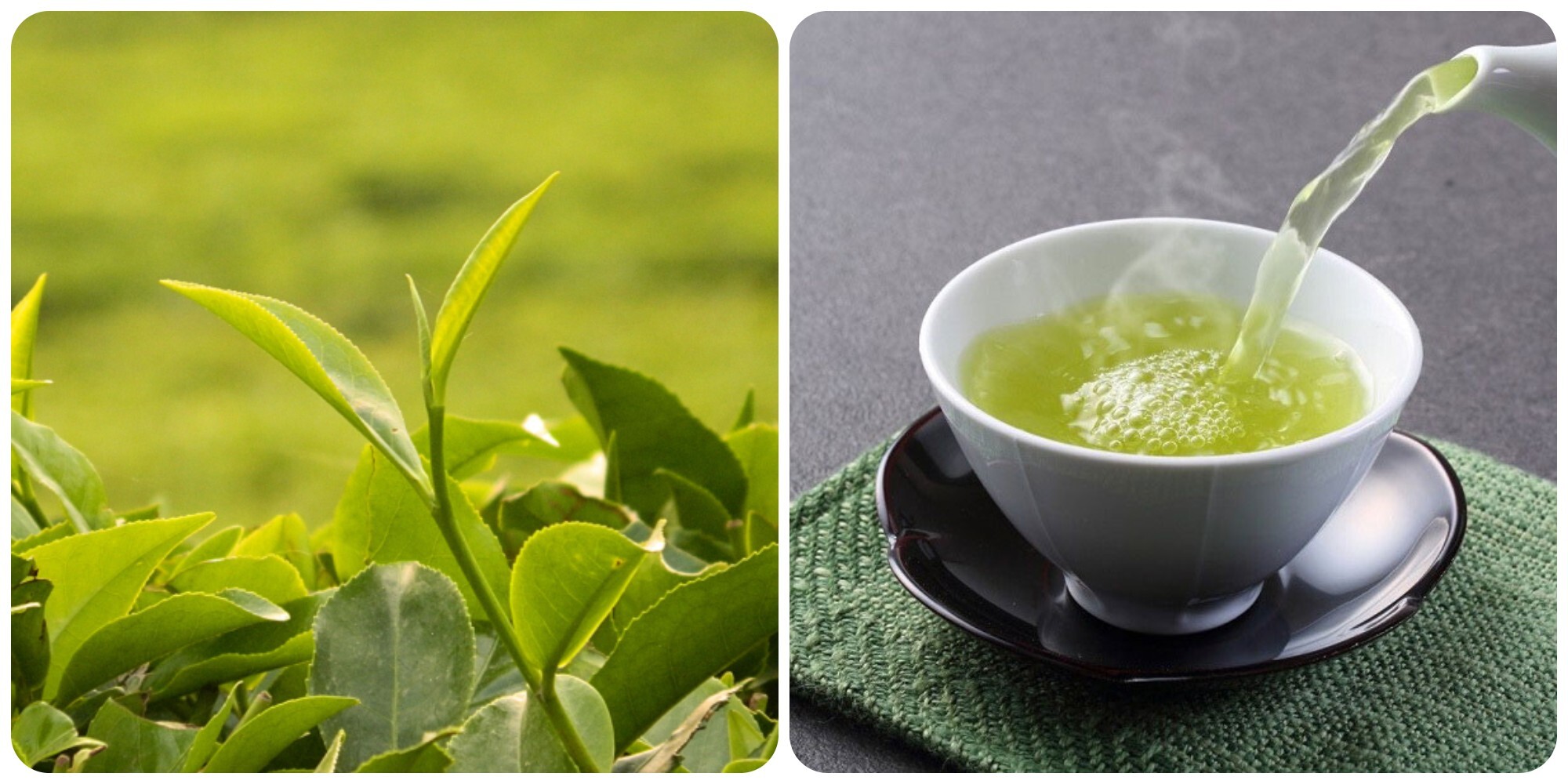
The journey from tea plantation to teacup is a testament to the precision and artistry involved in green tea production. Each step, from cultivation to packaging, plays a pivotal role in shaping the flavor, aroma, and healthful properties of this beloved beverage. As we sip a cup of green tea, let us appreciate the centuries-old craftsmanship that brings nature's gift to our tables, inviting us to experience the world of green tea in all its splendor.





